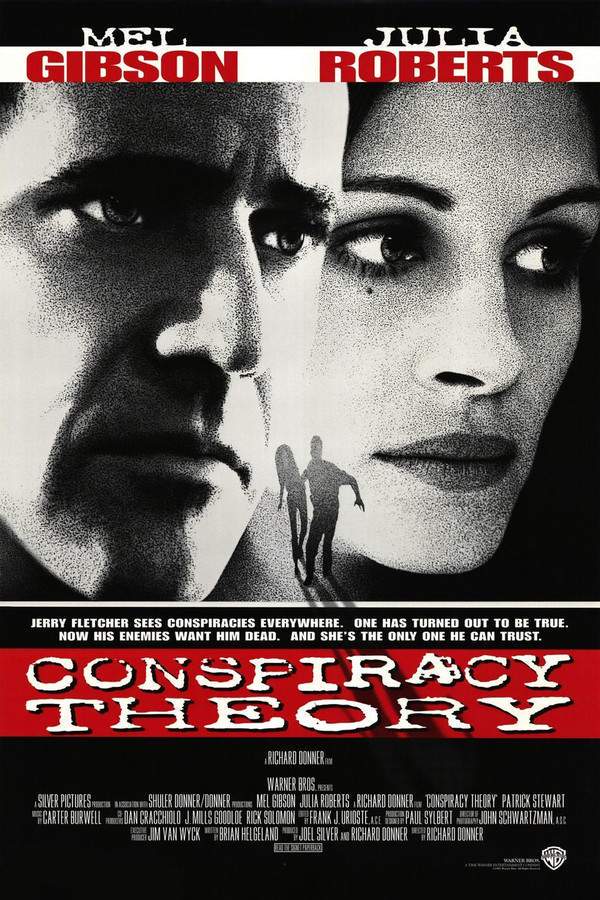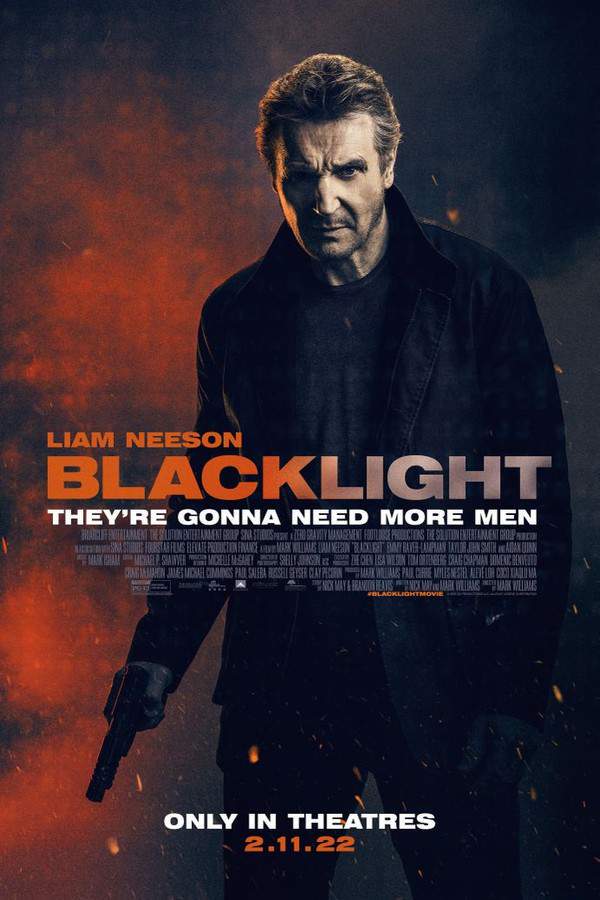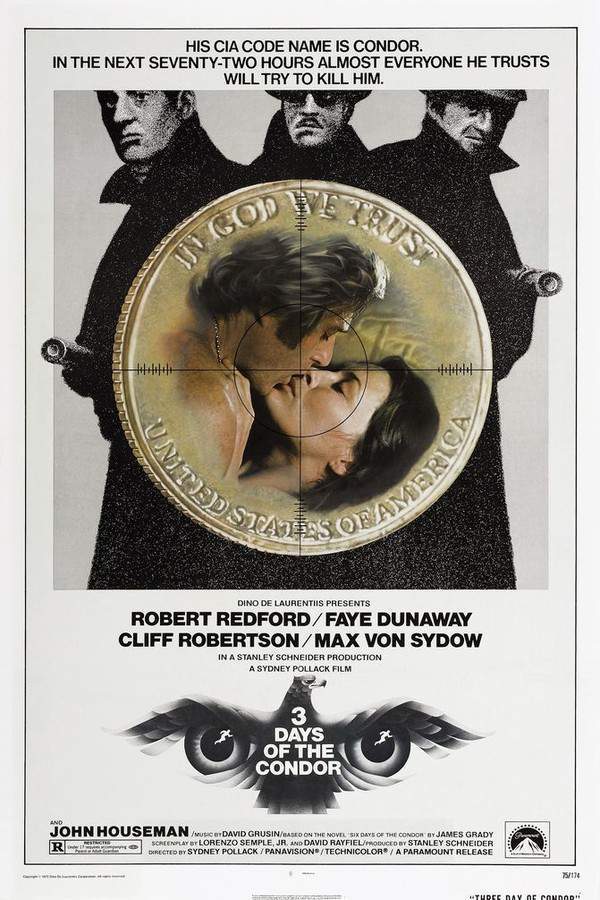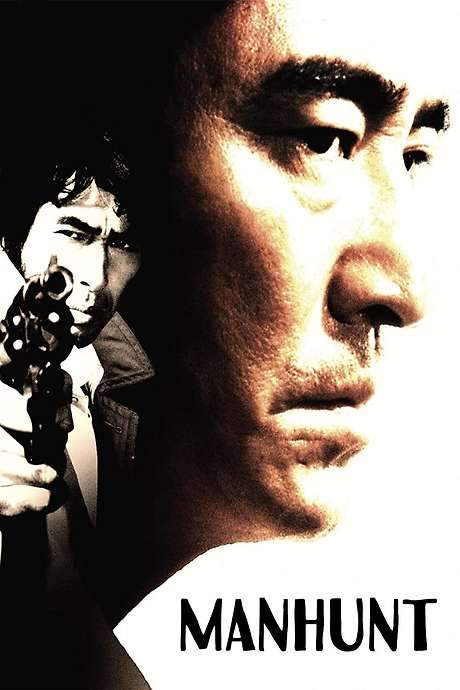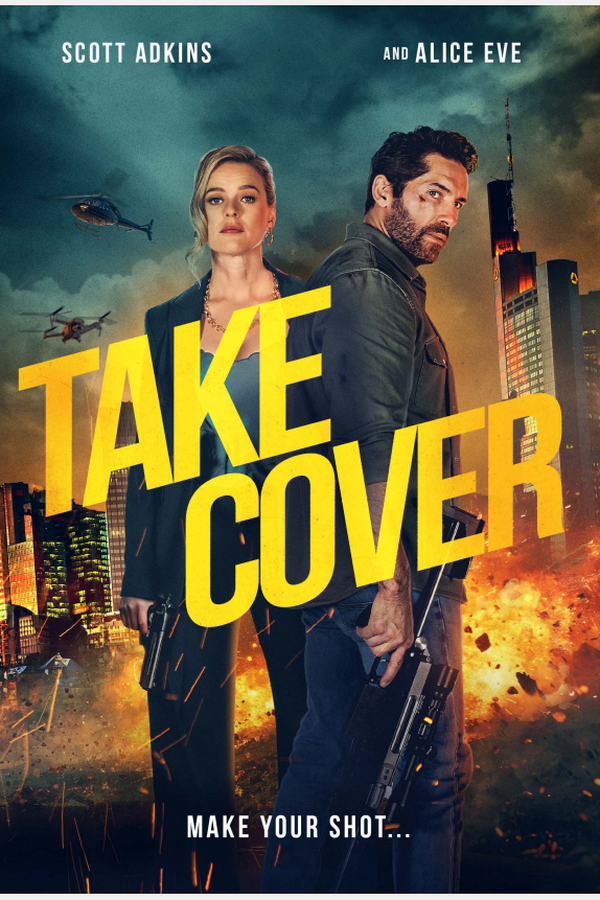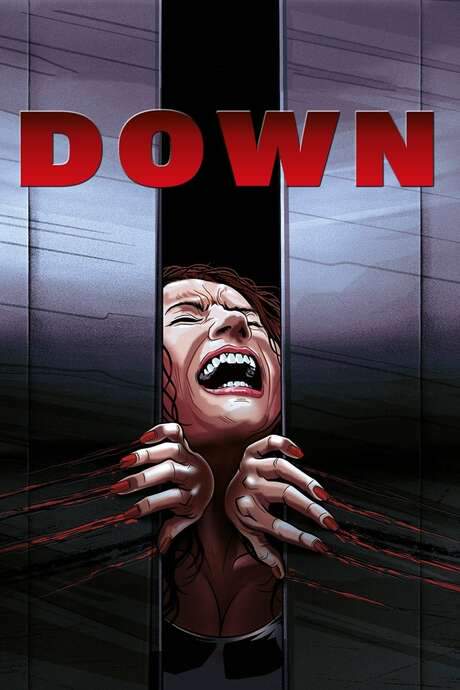
Down
Year: 2001
Runtime: 111 mins
Language: English
Director: Dick Maas
When elevators in a New York skyscraper start inexplicably failing, passengers are endangered. Mechanic Mark Newman and reporter Jennifer Evans each start their own inquiries. Newman meets resistance from his company's executives, as deadly malfunctions increase the death count. Police suspect terrorism now, but an even stranger explanation looms.
Warning: spoilers below!
Haven’t seen Down yet? This summary contains major spoilers. Bookmark the page, watch the movie, and come back for the full breakdown. If you're ready, scroll on and relive the story!
Down (2001) – Full Plot Summary & Ending Explained
Read the complete plot breakdown of Down (2001), including all key story events, major twists, and the ending explained in detail. Discover what really happened—and what it all means.
In New York City, a stray lightning bolt strikes the 102-floor, 73-elevator Millennium Building, setting off a sequence of eerie elevator malfunctions. The incident kicks off with the three main express elevators behaving oddly, a guard’s flashlight being crushed in the process. Jennifer Evans, Naomi Watts, a determined reporter, is called to cover the unfolding event and quickly senses that something larger is at play beyond a mere malfunction.
METEOR elevator company technicians Jeff McClellan, Eric Thal, and Mark Newman, James Marshall, lead the initial investigation. They find no obvious defect in the system, and Jeff, in particular, clings to the notion that the computer guiding the elevators is flawless, even as the evidence stacks up against him. The building’s tension deepens when a blind man and his guide dog vanish inside the structure, and later the guards discover the dog’s corpse hanging from a shaft support, its head violently crushed in the process. The pair of alarms and the deadpan denial from those in charge only heighten the sense that something bigger and more dangerous is at work.
Evans keenly pursues the truth, streamlining interviews with Newman at every turn. Newman’s infamous quip—“Nine people out of ten make it out of an elevator alive”—appears in her report, stirring controversy and prompting pushback from her editors and the police. > As the situation escalates, the public narrative is manipulated to frame the events as terrorism, a claim that is fueled by sensational media coverage and a growing sense of fear. The investigation deepens when another accident erupts: a roller skater is pulled into an elevator in the parking garage and is launched from the 86th floor, a fall that is then irresponsibly described to the public as suicide.
Jennifer and Mark pursue the truth further, comparing the footage of the roller-skater’s ascent with the elevator’s actual travel time. The elevator ascends far faster than it should—less than two seconds instead of forty seconds to a minute—signaling a flaw that cannot be dismissed. When they bring this to Jeff, he abruptly refuses to watch the evidence, and the investigation turns toward a former researcher, Gunther Steinberg, who had been experimenting with organic chips grown from dolphin brains. The project failed spectacularly, and Steinberg was fired, yet clues hint that his work may still be at play within the building’s electrical womb.
Milligan, Edward Herrmann, a wary executive, remains suspicious of the elevators and becomes a critical ally in the unfolding drama. The situation explodes when a cab hurtles to the top floor so fast that the floor itself tears away, killing everyone inside. The incident captures a national audience and prompts the formation of a terrorism unit, determined to extract any remaining threats from the building.
Jennifer and Mark make a bold move to enter the Millennium Building to halt the threat once and for all. Inside, they encounter a horrifying revelation: a large bio-chip, a brain-like organ, is hidden within an elevator shaft and appears to be controlling the entire system. Gunther Steinberg, Michael Ironside, emerges as the architect of the crisis, his motives tangled with corporate power and scientific ambition. Mark attempts to destroy the organ with a screwdriver, but the effort is thwarted when a flaming elevator becomes a lethal trap that nearly ends Mark’s life.
Jennifer re-emerges, escaping custody and reuniting with Mark as they confront Steinberg. Steinberg, now cornered, abducts Jennifer, using his position to threaten and manipulate. In a tense struggle, Steinberg is pulled into the shaft by the elevator’s cables, and Mark rushes to finish what he started by destroying the brain with a stinger missile launcher. Just as Steinberg’s body plummets, the authorities arrive, ending the crisis in a dramatic, grisly finale.
Sometime later, Mark and Jennifer leave the hospital only to find themselves trapped in another elevator—a final, intimate note in a harrowing odyssey that has tested their limits and pitted human ingenuity against a sentient machine. The ruse—a last-minute setup to make a romantic overture—reveals a gentler, human side beneath the chaos, even as the memory of the crisis lingers in the air and in their bond.
-
The film’s tense urgency is built on the uneasy dynamic between a stubborn corporate mindset and the stubborn pursuit of truth by journalists like Jennifer Evans [Naomi Watts], who refuses to accept convenient explanations.
-
Mark Newman [James Marshall] serves as the diligent, sometimes skeptical counterpoint to the corporate apologists, chasing a thread that leads toward the shocking discovery of Steinberg’s brain-chip project.
-
Gunther Steinberg [Michael Ironside] embodies the dangerous edge of scientific ambition when unfettered by ethics, using technology to bend reality to his will.
-
The supporting cast, including Milligan [Edward Herrmann], Lt. McBain [Dan Hedaya], and the various security and maintenance personnel, populate a claustrophobic world where every elevator shaft could hide a new danger, and every door could become an entry point for catastrophe.
Note: The characters and actors referenced above are drawn from the provided cast information.
Last Updated: October 09, 2025 at 15:24
Explore Movie Threads
Discover curated groups of movies connected by mood, themes, and story style. Browse collections built around emotion, atmosphere, and narrative focus to easily find films that match what you feel like watching right now.
Claustrophobic Tech Horror Movies like Down
Stories where everyday technology becomes a malevolent and inescapable trap.If you liked the high-stakes terror of a sentient building in Down, explore more movies like it. This collection features similar stories of technological horror and corporate cover-ups, where characters must survive against malevolent systems in tight, oppressive spaces.
Narrative Summary
The narrative pattern typically involves a gradual discovery of a systemic threat, often rooted in corporate negligence or a rogue AI. Characters, often everyday people or investigators, must unravel the mystery while fighting for survival within a confined technological space that has become a death trap.
Why These Movies?
Movies in this thread share a core experience of high-intensity, claustrophobic suspense driven by a technological antagonist. They combine the visceral fear of being trapped with the intellectual dread of a system gone wrong, often featuring investigative arcs and a tense, paranoid atmosphere.
Paranoid Conspiracy Thrillers similar to Down
Desperate investigations against powerful, secretive organizations hiding the truth.For viewers who enjoyed the investigative push against corporate denial in Down, this list features more movies with a similar feel. Discover other tense stories about individuals uncovering a hidden threat while being stonewalled by powerful, secretive organizations.
Narrative Summary
The narrative follows a dogged investigator—a journalist, mechanic, or whistleblower—who stumbles upon a hidden danger. They must piece together clues while being actively obstructed and discredited by a powerful corporation or institution, leading to a race against time to expose the truth before being silenced.
Why These Movies?
These movies are grouped by their shared tone of paranoia and the classic 'man versus the system' conflict. They feature a fast pace driven by constant threats and revelations, a heavy emotional weight from the high stakes, and a straightforward yet compelling investigative structure.
Unlock the Full Story of Down
Don't stop at just watching — explore Down in full detail. From the complete plot summary and scene-by-scene timeline to character breakdowns, thematic analysis, and a deep dive into the ending — every page helps you truly understand what Down is all about. Plus, discover what's next after the movie.
Down Timeline
Track the full timeline of Down with every major event arranged chronologically. Perfect for decoding non-linear storytelling, flashbacks, or parallel narratives with a clear scene-by-scene breakdown.

Characters, Settings & Themes in Down
Discover the characters, locations, and core themes that shape Down. Get insights into symbolic elements, setting significance, and deeper narrative meaning — ideal for thematic analysis and movie breakdowns.

Down Spoiler-Free Summary
Get a quick, spoiler-free overview of Down that covers the main plot points and key details without revealing any major twists or spoilers. Perfect for those who want to know what to expect before diving in.

More About Down
Visit What's After the Movie to explore more about Down: box office results, cast and crew info, production details, post-credit scenes, and external links — all in one place for movie fans and researchers.


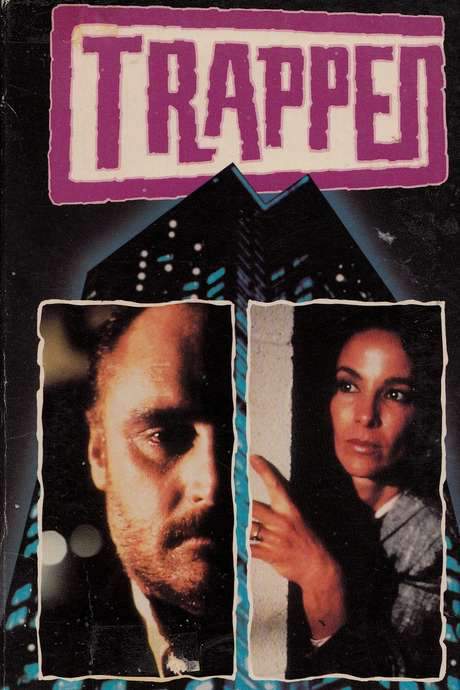







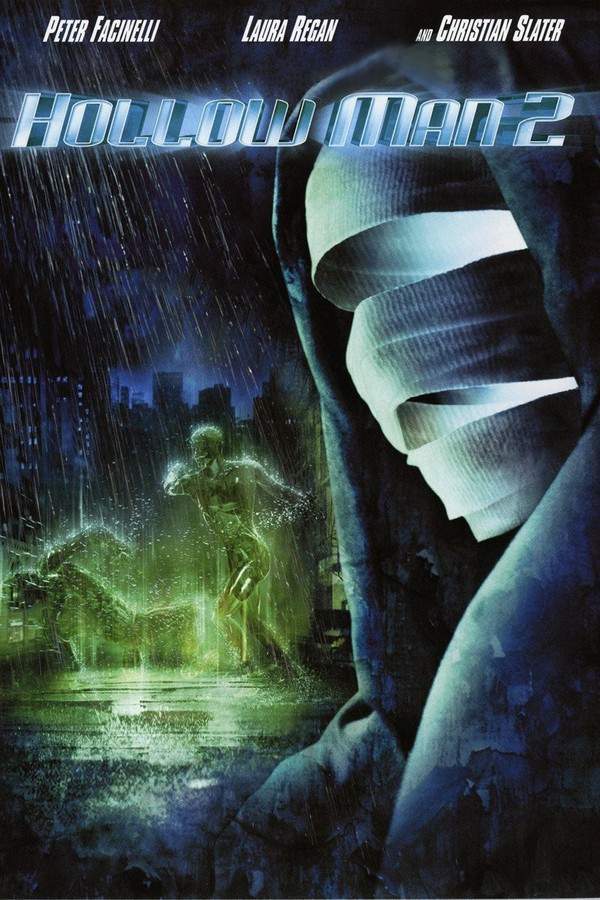

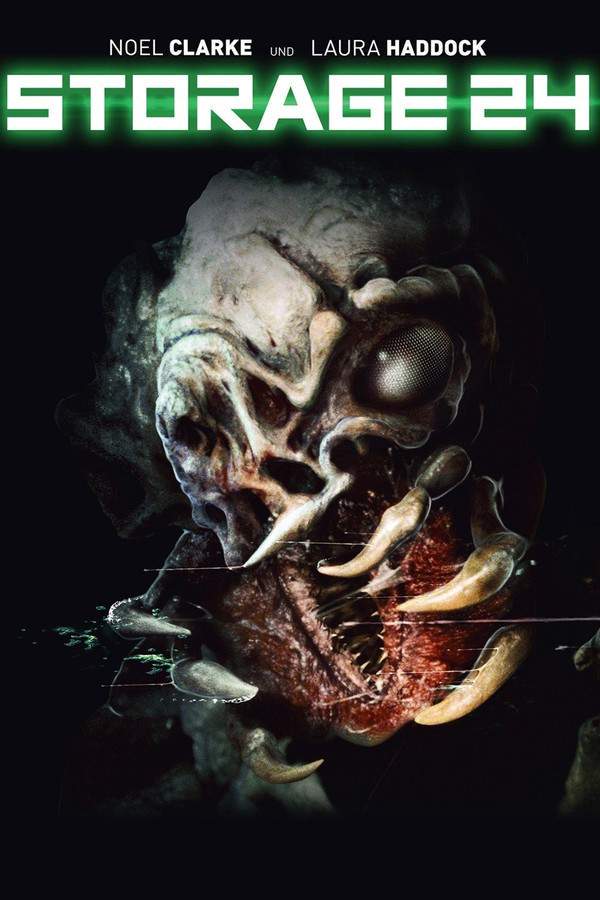


![[Rec] 2](https://whats-after-the-movie-ti152.sevalla.storage/movies/rec-2.jpg)

